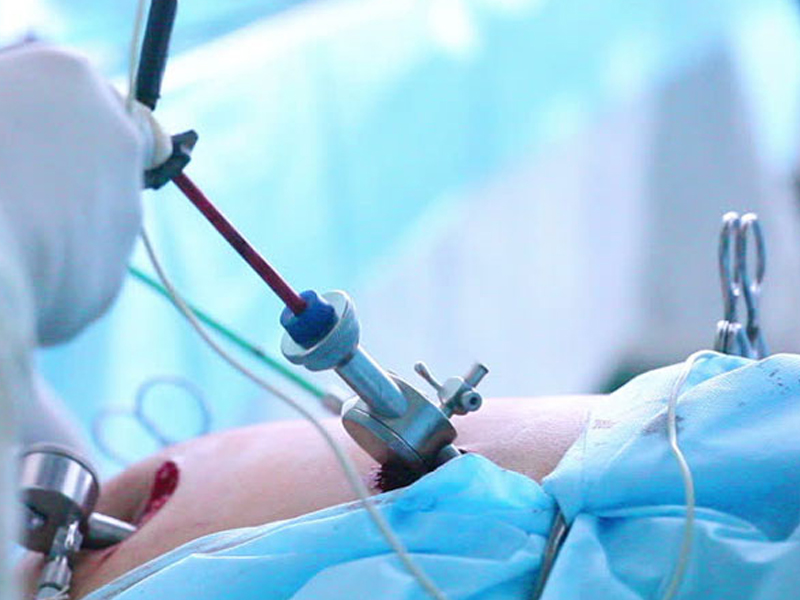Treatment
Endoscopy

What is an endoscope?
During an endoscopy, the doctor inserts a tool called an endoscope into a person's body.
Most endoscopes are thin tubes with a powerful light and tiny camera at the end.
There are several types of endoscopes. The length and flexibility of the endoscope
depends on the part of the body the doctor needs to see. For example, an endoscope that
helps a doctor examine the joints is often rigid. However, one used to view the inside
of the colon is flexible.
Types of Endoscopy
Endoscopy is a procedure that allows a doctor to view the inside of a person's body. Originally, endoscopy was only used in the esophagus, stomach, and colon. Now, doctors use endoscopy to diagnose diseases of the ear, nose, throat, heart, urinary tract, joints, and abdomen.
Why you may need an endoscopy
Your doctor may recommend an endoscopy for various reasons:
To screen for and prevent cancer. For example, doctors use a type of endoscopy called a colonoscopy to screen for colorectal cancer. During a colonoscopy, your doctor may remove growths called polyps that could develop into cancer.
To diagnose a disease or find out the cause of symptoms. The type of endoscopy your doctor will recommend depends on the part of the body that needs to be examined.
To give treatment. These treatments include:
- Surgery through small incisions in the skin, called laparoscopic surgery
- Laser therapy, using a powerful beam of light to destroy cancer cells
- Microwave ablation, using heat to destroy cancerous tissue
- Surgery using an endoscope inserted into the gastrointestinal tract, called endoscopic mucosal resection or endoscopic submucosal dissection
- Photodynamic therapy, destroying the tumor with a laser after injecting it with a light-sensitive substance
- Medicines
